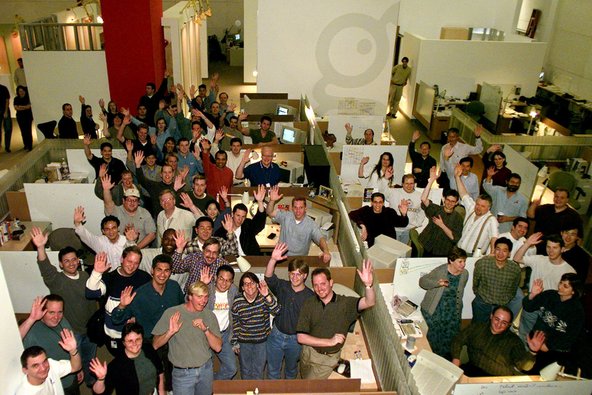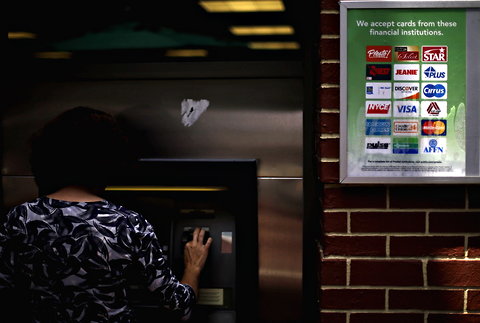DÜSSELDORF, Germany — A regional court in Germany reversed the antitrust regulator’s approval for Liberty Global’s 3.2 billion euro acquisition of KabelBW, throwing the now-completed merger into doubt.
The court in Düsseldorf ruled that the German regulator would have to look at the case again and either block it or apply stricter conditions to its approval.
The $4.2 billion merger, which was approved in 2011 and completed in early 2012, could ultimately be unwound, rattling a sector already undergoing major changes.
The cartel office said it would study the ruling before deciding about any further steps. It had imposed far-reaching conditions on the deal because Liberty already owns Germany’s second-largest cable operator, UnityMedia.
Germany’s biggest telecommunications group, Deutsche Telekom, had challenged the approval decision. The court had already voiced concerns over the deal in a June hearing.
The court did not allow its decision to be appealed, but UnityMedia can file a complaint with a higher court, Germany’s Federal Court of Justice, to be allowed to appeal.
“The merger implies that KabelBW as the only potential competitor has been taken out of the market,” Jürgen Kühnen, the court’s presiding judge, said. “Potential competition has been eliminated.”
UnityMedia said it would use all legal means available to fight the court’s decision.
Frederik Wiemer, an antitrust lawyer not involved in this case, said the court had looked at several regional markets in Germany, whereas the cartel office came to its decision after mainly considering the national market.
“Certainly this ruling will have dramatic consequences,” he said. “If this decision is upheld by a higher court, the merger will have to be unwound. I wonder whether this is actually possible.”
Liberty Global and the German cable industry leader Kabel Deutschland, which Vodafone agreed to buy for 7.7 billion euros in June, have been winning customers from Deutsche Telekom with their expansion into broadband.
Their cable lines, meant to deliver television to homes, have been upgraded to carry voice calls and Internet at speeds often five times faster than competing services offered by Deutsche Telekom and others.
Liberty has been the most active buyer in Europe in the last few months, snapping up Britain’s Virgin Media in February and increasing its stake in the Dutch group Ziggo.

Article source: http://www.nytimes.com/2013/08/15/business/global/court-orders-review-of-german-cable-merger.html?partner=rss&emc=rss



